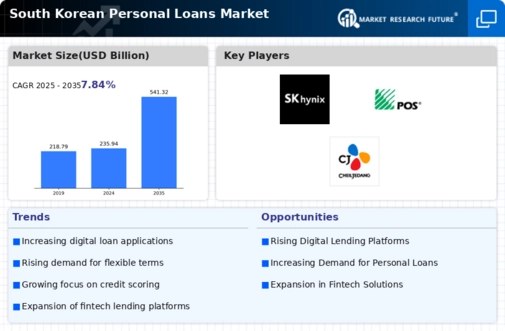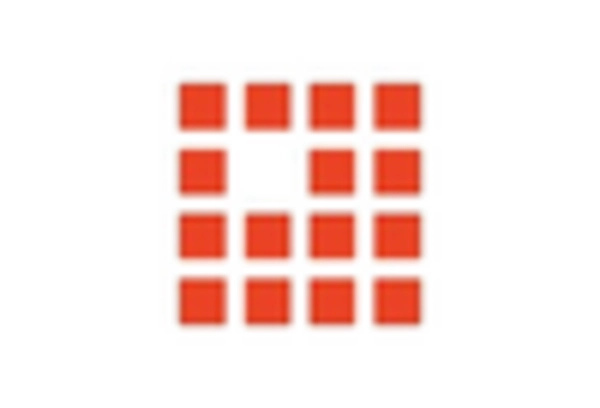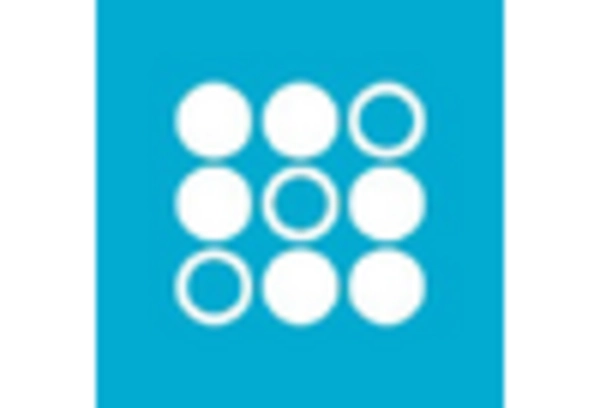Rising Consumer Debt Levels
In South Korea, the personal loans market is significantly influenced by rising consumer debt levels. As of 2025, household debt has reached approximately 1,800 trillion KRW, prompting individuals to seek personal loans for various purposes, including debt consolidation and emergency expenses. This trend suggests that consumers are increasingly turning to personal loans to manage their financial obligations. The high debt-to-income ratio, which stands at around 160%, indicates a pressing need for accessible credit options. Consequently, lenders are likely to respond by offering more flexible loan products, thereby shaping the dynamics of the personal loans market.
Regulatory Changes and Compliance
The market is also shaped by ongoing regulatory changes aimed at consumer protection and financial stability. Recent reforms have introduced stricter lending criteria and transparency requirements, which may impact how lenders operate. These regulations appear to encourage responsible lending practices, potentially reducing the risk of defaults. As of November 2025, compliance with these regulations is crucial for financial institutions, as non-compliance could result in significant penalties. This regulatory environment may lead to a consolidation of smaller lenders, thereby influencing competition and product offerings in the personal loans market.
Economic Growth and Employment Rates
The personal loans market in South Korea is positively influenced by steady economic growth and improving employment rates. As of November 2025, the unemployment rate stands at around 3.5%, indicating a robust job market that enhances consumer confidence. This economic stability appears to encourage individuals to take on personal loans for investments in education, home improvements, or starting businesses. The correlation between economic growth and borrowing capacity suggests that as the economy continues to thrive, the personal loans market may experience increased activity, with more consumers willing to engage in borrowing.
Increased Demand for Flexible Loan Products
There is a growing demand for flexible loan products within the personal loans market in South Korea. Consumers are increasingly seeking loans that offer customizable repayment terms and lower interest rates. This trend is likely driven by a desire for financial flexibility, particularly among younger borrowers who prioritize adaptability in their financial planning. As of 2025, approximately 45% of borrowers express a preference for loans that allow for early repayment without penalties. Lenders are responding to this demand by innovating their product offerings, which may lead to a more competitive landscape in the personal loans market.
Technological Advancements in Financial Services
The personal loans market in South Korea is experiencing a notable transformation due to rapid technological advancements. Innovations such as artificial intelligence and machine learning are streamlining the loan application process, enhancing credit scoring models, and improving risk assessment. This technological evolution appears to facilitate quicker approvals and more personalized loan offerings, which could attract a broader customer base. As of 2025, the adoption of fintech solutions has surged, with approximately 60% of consumers preferring digital channels for their financial transactions. This shift indicates a growing reliance on technology in the personal loans market, potentially leading to increased competition among lenders and better terms for borrowers.

















Leave a Comment